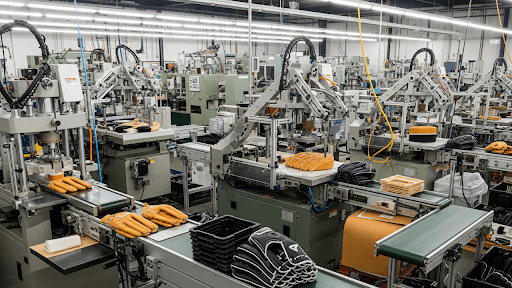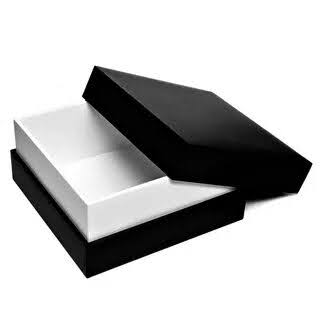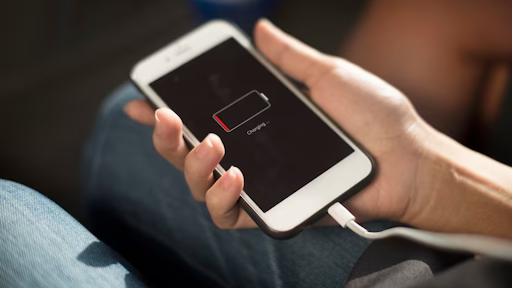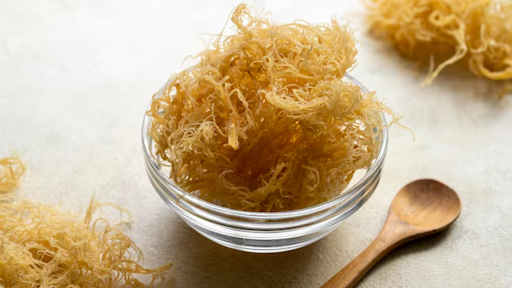Breaking in a new baseball glove used to mean weeks of oil, pounding, and playing catch until the leather finally gave in. Today, many players skip the wait and turn to a baseball glove break-in machine instead. But does it really work better than old-school hand methods? The short answer: yes—if it’s done right.
A quality baseball glove break-in machine doesn’t just soften leather. It mimics real-game motion, shapes the pocket precisely, and speeds up the process without damaging the glove. That’s a big deal when you’ve got tryouts, opening day, or just don’t want to sleep with your glove under your mattress.
Consistent Pressure, Every Time
Hand conditioning depends on how hard you press, how often you work the glove, and whether you’re using the right oil. Machines remove the guesswork. They apply steady, even pressure across the palm and fingers—just like repeated catches would—without over-stretching or warping the shape.
This means:
- No lopsided pockets
- No stiff spots from missed areas
- A uniform break-in from heel to web
Faster Results Without the Risk
You’ve probably heard of people microwaving gloves, soaking them in water, or driving over them. Those shortcuts often ruin the leather or stitching. A proper break-in machine avoids those risks by using controlled motion and gentle heat (if any).
Most gloves treated this way are ready in:
- 1–3 days (vs. weeks by hand)
- With no loss of structure or support
- And no weird odors from too much oil
Realistic Motion Matters
The best machines don’t just squeeze—they flex, fold, and open the glove like a real hand catching a ball. This repeated motion helps the leather form a natural pocket that holds its shape during play.
Hand methods can’t always replicate that rhythm unless you’re catching 100 balls a day. Most players just don’t have that kind of time.
Oil Goes On Right
Too much oil = soggy, heavy leather. Too little = stiff, slow break-in. Machines used by pros apply just the right amount in the right places—usually the palm and hinge areas—so the glove stays light and responsive.
When you do it yourself, it’s easy to overdo it or miss key spots. A machine treats the whole glove evenly, so it breaks in as one unit.
Great for New Gloves—and Old Ones Too
You don’t need a brand-new glove to benefit. Stiff or dried-out gloves from last season can get a second life with a machine treatment. It rehydrates the leather gently and restores flexibility without cracking or tearing.
That’s useful if:
- You found an old glove in the garage
- Your backup glove feels too rigid
- You bought a high-end glove that’s built to last years
Not All Machines Are Equal
Just because something claims to be a “glove conditioner” doesn’t mean it works well. Real baseball glove break-in machine systems use:
- Adjustable pressure settings
- Repeated open-and-close cycles
- Proper support for different glove sizes and web styles
Cheap gadgets that just clamp or sit still won’t give you game-ready results.
Still Needs a Little Human Touch
Even after machine treatment, it’s smart to play a few rounds of catch. This fine-tunes the fit to your hand and builds trust in the pocket. But instead of 20 hours of work, you might only need 20 minutes.
Think of the machine as doing the heavy lifting—so you can focus on your swing, not your glove.
Saves Time, Keeps Quality
For serious players, coaches, or parents buying gear for growing kids, time matters. Waiting weeks for a glove to break in isn’t practical. A machine gives you a reliable, ready-to-play glove without cutting corners.
And because it’s done carefully, the glove lasts longer—no premature wear from forced bending or chemical overload.
Bottom Line
Hand conditioning has heart, but a baseball glove break-in machine has precision, speed, and consistency. For players who want a game-ready glove without the guesswork or risky hacks, it’s a smarter way to start the season strong. Whether you’re 10 or 30, having a glove that feels broken-in from day one makes a real difference—and that’s exactly what a good baseball glove break-in machine delivers.








